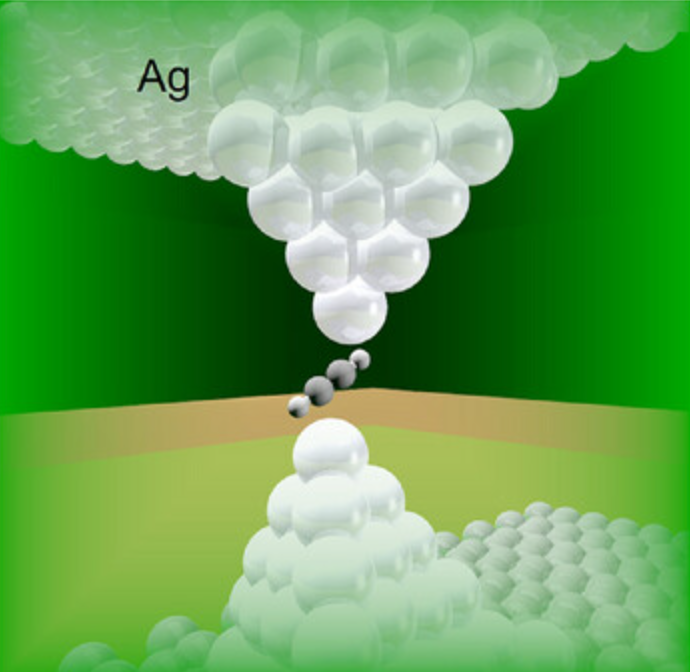Life on Earth may have come from outer space, study finds
Amino acids, nucleobases, and sugars found in meteoroids suggest that life’s origins might be extraterrestrial.

Understanding how these versatile biomolecules came into existence is key to unraveling the origin of life. (CREDIT: Creative Commons)
All life is built from the same chemical building blocks, including peptides. Peptides play various roles in the body, such as transporting substances, accelerating reactions, and forming stabilizing scaffolds in cells. These peptides are made of amino acids arranged in a specific order, which determines their properties.
Understanding how these versatile biomolecules came into existence is key to unraveling the origin of life. Amino acids, nucleobases, and sugars found in meteoroids suggest that life’s origins might be extraterrestrial. However, forming peptides from amino acids requires special conditions, previously thought to exist primarily on Earth.
Creating peptides involves two steps: the first requires water, and the second must be water-free. Dr. Serge Krasnokutski from the Max Planck Institute for Astronomy explains, “Water plays an important role in the conventional way in which peptides are created.” Typically, amino acids combine to form a chain, removing a water molecule each time.
“Our quantum chemical calculations have now shown that the amino acid glycine can be formed through a chemical precursor – called an amino ketene – combining with a water molecule. Put simply: in this case, water must be added for the first reaction step, and water must be removed for the second,” Krasnokutski continued.
Krasnokutski’s team has demonstrated a reaction pathway under cosmic conditions that does not require water. Instead of the conventional method, they explored whether amino ketene molecules could combine directly to form peptides. They conducted their experiments in conditions similar to those in cosmic molecular clouds—on dust particles in a vacuum where chemicals like carbon, ammonia, and carbon monoxide are abundant.
In an ultra-high vacuum chamber, they brought together substrates representing dust particles with carbon, ammonia, and carbon monoxide at extremely low pressures and temperatures. “Investigations showed that under these conditions, the peptide polyglycine was formed from the simple chemicals,” Krasnokutski states. “These are chains of the very simple amino acid glycine, and we observed different lengths. The longest specimens consisted of eleven units of the amino acid.”
Related Stories
The team also detected the presence of amino ketene. Krasnokutski explains, “The fact that the reaction can take place at such low temperatures at all is due to the amino ketene molecules being extremely reactive. They combine with each other in an effective polymerization, producing polyglycine.”
The ease of this polymerization under such conditions was surprising. “This is because an energy barrier actually has to be overcome for this to happen. However, it may be that we are helped in this by a special effect of quantum mechanics,” Krasnokutski says. In this reaction step, a hydrogen atom changes its place. As a quantum particle, it might not overcome the barrier but instead cross it through the tunneling effect.
Now that it is evident that both amino acids and peptide chains can form under cosmic conditions, future research into the origin of life may need to focus more on space rather than just Earth. This discovery broadens the potential for understanding life's beginnings beyond our planet.
Note: Materials provided above by The Brighter Side of News. Content may be edited for style and length.
Like these kind of feel good stories? Get The Brighter Side of News' newsletter.



